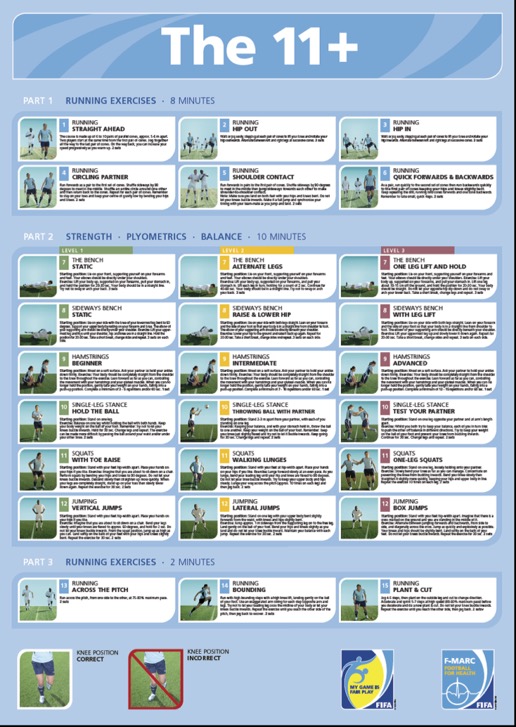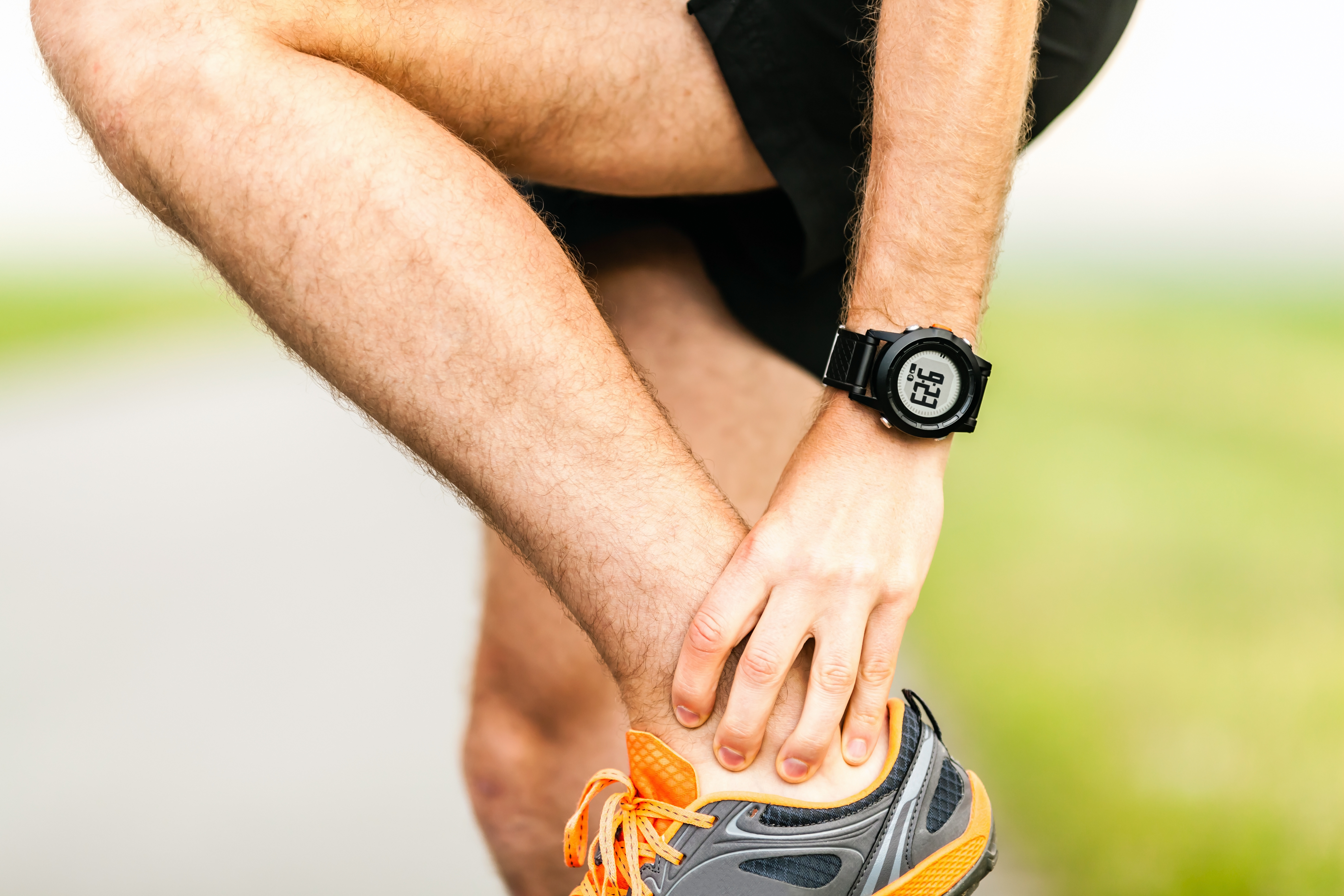Pre season injuries – how to avoid them
It’s been an endless summer (at least in theory) since we all played our team sports. Change in schedules, unplanned holidays with last minute openings of boarders and of course the big wet have all contributed to our time away from sport being a bit longer than usual. Enter the risk of pre season injuries.
With training kicking off we have had an influx of pre season injuries related to this sudden, yet welcomed, change in our activity levels. Common areas of injuries have been ankle sprains, quad strains and of course the dreaded hamstring. Our anecdotal findings seem to be happening amongst the pros too.
A recent study in the British Journal of sports medicine conducted on professional football (soccer) players it was found that…
“The thigh (23%), knee (17%), and ankle (17%) were the most common locations for injuries during the preseason, there was a relatively greater number of lower leg injuries (15%) during the preseason. Achilles tendonitis was most prevalent in the preseason, with 33% of all Achilles related injuries sustained during this period. Muscle strains were the most common injury during preseason (37%). Rectus femoris muscle strains were observed twice as frequently during the preseason relative to the in season. Ligament sprains were the second most common injury during preseason (19%). Non-contact mechanisms were the cause of significantly more injuries during the preseason with relatively more preseason injuries sustained while running or shooting”.
But don’t let this put you off. While you may be at an increased of injury during this period – it is well documented that those who engage in regular physical activity can add in excess of 4 years to their lives (Reimers et al, 2012).
So if you’re interested in living longer and spending less of it with pre season injuries I have put together a few strategies to get the best of both worlds.
1. Warm – up:
The reasons for warming up before any physical activity are well known. But are our warm-ups adequately preparing us for an improved performance on the pitch while reducing our inherent risk of injury? Developed and studied by the FIFA Medical Assessment and Research Centre (F-MARC), the FIFA 11+ injury prevention program has been proven in multiple research studies worldwide to significantly reduce injuries and enhance performance.
Injury Prevention
The FIFA 11+ warm-up has been shown to substantially reduce major injuries, particularly in females between the ages of 13-18 who have a high risk of knee and ACL injury, by 50% and a reduction of 39% of overall injury incidence in recreational/sub-elite football.
The program is only effective when the warm-up exercises are performed regularly, at least twice a week. Compliance is of utmost importance—injury risk is lowest in those players with higher adherence to the program.
The program consists of 3 parts with a total of 15 exercises that are to be completed in a specific order.
Part 1: Slow-speed running exercises paired with active
stretching and partner work.
Part 2: Core and leg strength exercises, along with balance, plyometrics,
and agility exercises.
Part 3: Moderate/high speed running exercises integrated with cutting
and pivoting movements.

2. Strength and conditioning program
- Strength and conditioning exercises
Developing a specific and highly individualized fitness plan that includes a varied range of exercises such as cardiovascular exercise, strength training, flexibility and mobility is effective in increasing sporting performance and sports injury prevention. There is no one size fits all and the demands on your individual sport would dictate the program you should follow. However, I have formulated a list of a few fundamental exercises that would feature in the majority of strength and conditioning programs.
- Calf raises
- Single leg squats
- Side lying leg raises
- Glute bridges
- Hamstring curls
- Explosive bodyweight movements
- Agility exercises such as sprints
- Single leg balancing with catching and throwing.
Ensure that you are gradually increasing your load and progression as you progress through these exercises.
If you have any further questions about how you can minimise your risk, or your loved ones risks of injury, or what to do if this e-mail got to you a little to late then give us a call at Physio on Miller so you can start of your season with a bang!
Reimers, C. D., Knapp, G., & Reimers, A. K. (2012). Does physical activity increase life expectancy? A review of the literature. Journal of aging research, 2012.
Woods, C., Hawkins, R., Hulse, M., & Hodson, A. (2002). The Football Association Medical Research Programme: an audit of injuries in professional football—analysis of preseason injuries. British journal of sports medicine, 36(6), 436-441.

